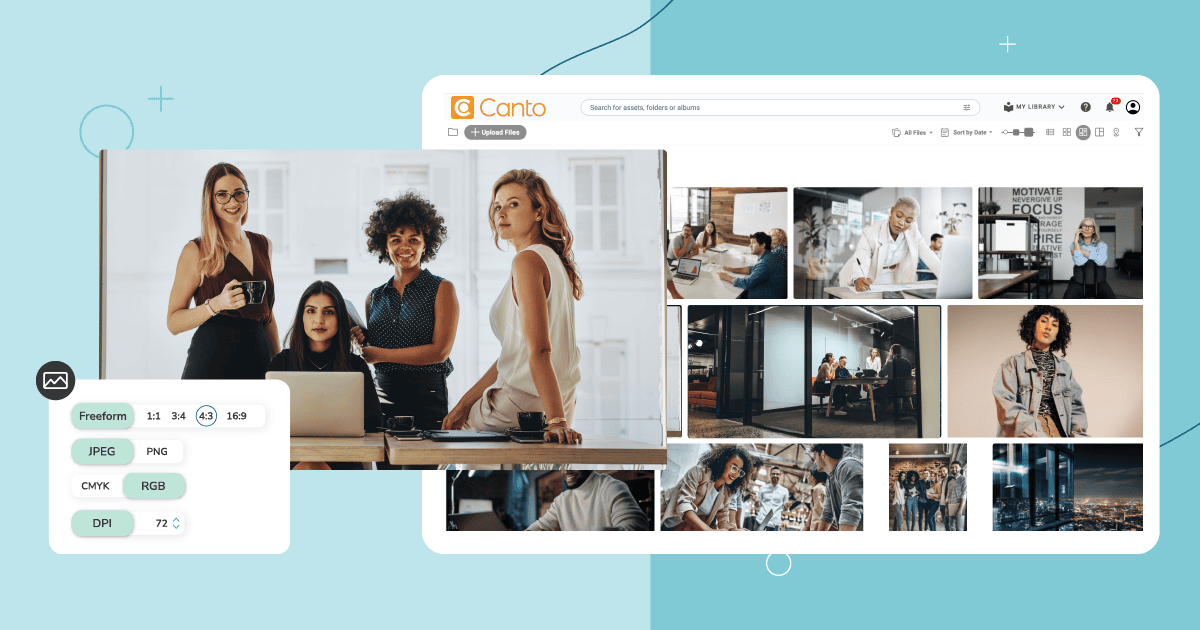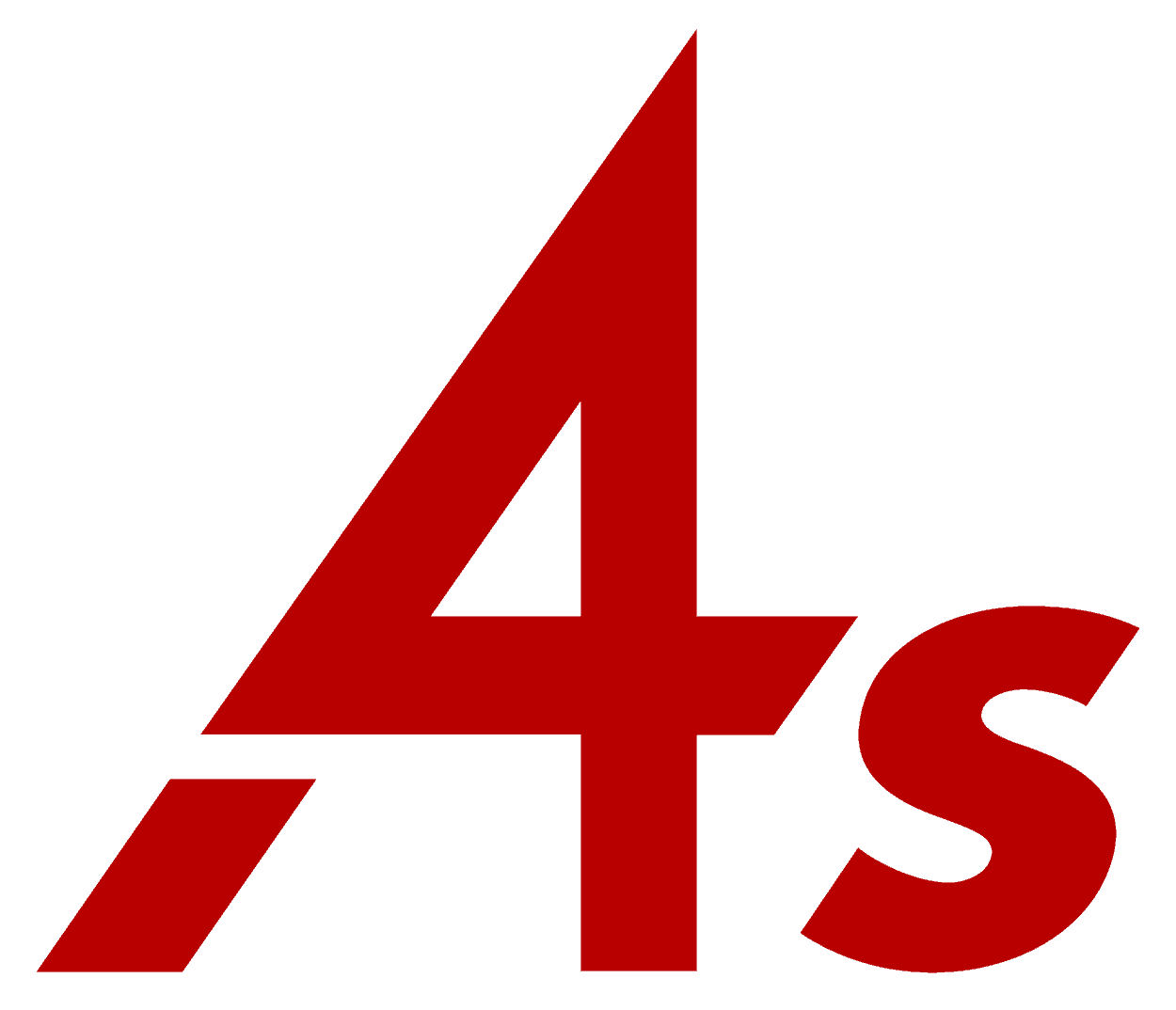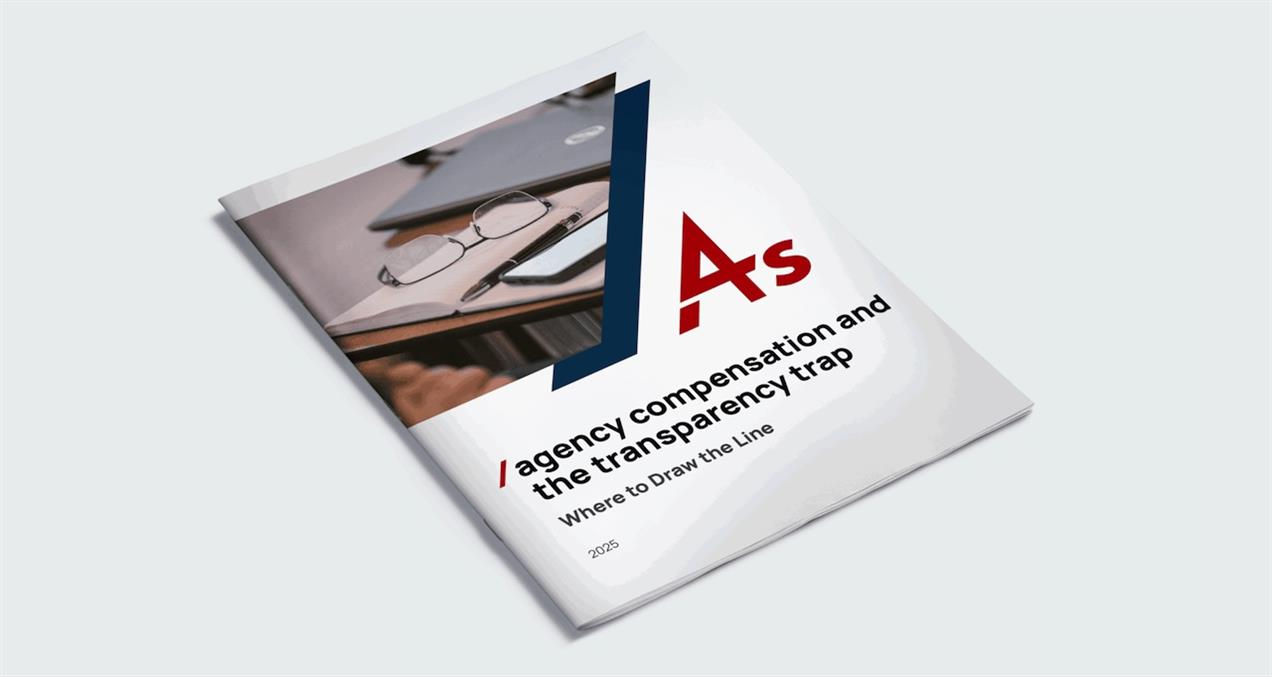Author
Jason M Blumer
CPA, CEO of Blumer & Associates, CPAs
Topic
- Agency Operations / Business Transformation
- Finance
- Reporting & Analytics
Discipline
- Account Management
- New Business
I’ve been working with creative agencies for over a decade, and it’s pretty cool to see the patterns of how these creative businesses evolve as they get larger. In fact, the financial structure of an agency has to evolve as you grow, or you’ll hit a wall. Call it a growth ceiling or a scaling plateau, but if you don’t plan for it the org will bog down and stop working. In this article, we’ll go over the outworking of what the financial metrics look like for agencies at different sizes, and how to work around these various sizes so you don’t slow down your growth.
What worked before, may not work any more. Watch why.

This post will walk you through what happens to your financial structure as you grow through major revenue milestones: $1M, $5M, and $10M. Though we’ll focus on the financial side, keep in mind that as your top line grows, you have to “add scaffolding” to your agency to support the added revenue. You’ll have to rebuild processes, redesign teams and the owner/founder has to run the machine differently than she did when first starting out.
Our Firm’s Proprietary Metrics
Let’s begin with our firm’s proprietary metrics that we use to assess our agency client’s financial statements. For background, please read the first article in our series, The Role of Financials and Metrics in Creative Agencies to see how to use and assess metrics.
We start with these benchmarks for all of our clients:
Revenue & COS:
- Revenue: 100%
- Cost of Services:
- Contract Labor: 8%
- Software and Other Client Costs: 5%
- Total COS: 13%
- Gross Margin: 87%
Expenses:
- Administrative Expenses: 5%
- Admin/Ops Wages, Payroll Taxes, and Benefits: 40%
- Owner Compensation (as an S Corp): 15%
- Occupancy and Maintenance costs: 5%
- Professional Fees, Accounting, and Legal: 5%
- Marketing and Advertising Expenses: 5%
- Travel and Related Expenses: 2%
- Total Ordinary Expenses: 77%
Profit:
- Net Ordinary Income: 10%
One of my favorite authors on the financial side of our analysis is Greg Crabtree, author of Simple Numbers, Straight Talk, Big Profits! He says clearly that the new breakeven is a 10% profit on the bottom line. We agree, so we start there with our benchmarks. As we mentioned in the first article, it doesn’t mean we always hit it, but a benchmark is simply a target that gives us guidance. As we went through the pandemic, and now major trade threats globally, the economy rages up and down, labor goes up, and clients change how they purchase creative services. Now we are working with different financial metrics (you can compare your agency to those above and see how your numbers are different).
One other interesting point in Greg Crabtree’s book: he describes the journey from $1 Million to $5 Million in revenue as the Badlands. You have to have a lot of things right at the beginning of this journey as you are about to journey through the Badlands of business building. We’ll tackle some of the insights you can learn as you are on the journey in the Badlands.
Up to $1 Million: The Wild West Phase (Solo to 10ish Team Members)
When you’re small, everything’s personal. The founder is still doing the sales and some delivery of services too. It’s all pretty much in the owner’s hands at this point and the leaders that are there for the ride.
What Your Finances Really Look Like
Your owner compensation is probably higher than 15% (per our metric above) at this point because you’re doing a lot of the work of the company – selling, delivering, invoicing, and trying to be strategic. So you feel justified to take more out of the business. Your gross margins are all over the place because you’re saying yes a lot to bring in enough revenue to pay your ever-growing team. However, at $1 Million in revenue is the time to invest in leaders, processes, and focusing on narrowing into markets (niching). So you may have to stop taking all of the money out of the agency so you can use it to invest in the things that will allow you to scale.
The Metrics That Actually Matter
- Project Gross Margins: Are you hitting the right margins, or are you using contractors too much because your team says they’re too busy? Are you pricing in a way that shows you are valuable?
- Where Your Time Goes: How much of your day is spent on billable work vs. running the business? Many creative founders are distractable, so I wonder if you are wasting some of your time?
- Cash Runway: If clients disappeared tomorrow, how long could you keep the lights on? Do you have 4 to 6 months of average operating expenses in a savings account?
- Team and Deliverable Efficiencies: Is your team focused and are there standards for their accountability in the project management system? Are you learning how to lead a leadership team that can help you get the work out the door?
Here’s the hard truth: at this stage, you need to be disciplined about moving toward our benchmarks, even when it feels impossible. Start with getting your gross margins right. Everything else flows from there.
$1M to $5M: Time to Grow Up (10 to 25ish Team Members)
This is where things get real. You’re not just a talented person with a business card anymore. You’re running an actual business and you have to let the organization lead with its own needs now. Up to this point, your agency and yourself as the founder felt/looked one in the same. But at this point, the agency has taken on a life of its own now. You can’t just “knock off work on Friday because you feel like it.” The CEO (which is most times the founder) has to accept the role and what that role means to grow a business this size.
Financial Reality Check
Your owner compensation should start looking more like that 15% target as you hire people to do the work you’ve been doing (sometimes it’s even lower and that’s okay). You’re investing more in admin and operations staff, moving toward that 40% benchmark (which has solidly seemed to grow to 50% now post-pandemic). Your cost of services is becoming more predictable because you’re standardizing what you deliver. This feels kind of “corporatey” to your team but it is necessary for the business to adopt standardization at this size.
Metrics That Keep You Alive
- Service Line Profitability: Which services are hitting the 87% gross margin target and which are dogs? Is it due to your fear of pricing appropriately?
- Leadership Leverage: Do you have experienced leaders who are able to begin leading on your behalf, and are often more technical than you?
- Marketing ROI: Is that 5% you’re spending on marketing actually bringing in profitable work? Do you need to invest more in marketing and comms?
- Team Productivity: How much revenue is each team member generating compared to what they cost you?
This is when you need systems, not just spreadsheets. Monthly financial reviews aren’t optional anymore – they’re survival tools, as are your PM and AM rhythms. Also, investments in foundational software for your Media and Design/Build teams, and others become key. Every expense category needs to be moving closer to the benchmarks, or you need to know exactly why it’s not. For some metrics, you’ll be over and other metrics you’ll be under but at least you have something to bump it all up against now.
$5M to $10M: The Big Leagues (26 and higher Team Members)
Welcome to the big leagues. At this scale, intuition doesn’t cut it anymore. You need data, systems, and specialized leadership. The organization runs on its own now, and you are finally moving towards redundancy at this level (where losing a client or a certain role doesn’t cripple your company).
Financial Structure Evolution
Your financial metrics will change from our main proprietary metrics above. You can use what we’ve created in this article to begin forming your own metrics, and begin to add more granularity to what you are tracking. This is the phase where you likely have partners, and if you don’t you have a solid leadership C suite to focus on the strategy of the growing agency.
Metrics That Drive Growth
- Service Line Economics: Detailed analysis of which services are profit engines and which are resource drains. Ask if you have departmentalized appropriately so that you can track your profit and push your deliverables through the agency in a timely way.
- Client Type Profitability: Which industries or client sizes deliver the best returns on your resources? Are you reviewing strategies of growth into other profitable client market focuses?
- Team Performance Metrics: Individual and team contribution to revenue and margin goals must be tracked by person, and trended over time to use data to review your team’s growth.
- Forward-Looking Indicators: Review metrics that tell you what’s coming, not just what happened, and focus on the high level strategy of planning as you look forward.
At this stage, your financial function isn’t just keeping score – it’s helping call the plays. Your CFO (whether full-time or outsourced) should be sitting at the strategy table, not just producing reports. Controllers produce reports, CFOs talk through what reports mean and help the owners make decisions to move the business forward.
The Bottom Line
As your agency evolves from $1M to $5M to $10M, your financial structure has to evolve too. Our proprietary metrics give you the targets to start with, but it’s important to change them over time and let them be your guide.
The most successful agencies I work with don’t see financial structure as some necessary evil or back-office function. They see it as a strategic weapon. They use these benchmarks to make better decisions, allocate resources more effectively, and ultimately bring consistent deliverables to their clients.
The most successful creative agencies recognize that financials and metrics aren’t merely a business necessity—they’re powerful instruments for achieving creative excellence and business sustainability. And you can see from this article they are different for different size agencies. Regularly reviewing some type of financial metric, led by an agency financial expert, can keep you from taking the wrong risk, and can also help you make the right investment that can actually move you forward. Need help? Reach out to our firm at blumercpas.com, or download our pricing book online here.
—

Blumer CPAs serves as an advisory firm for the design, marketing, and creative agency services niches, as well as high end nonprofit organizations. Jason Blumer and his partner, Julie Shipp, focus on business consulting and coaching with the owners and partners of firms, agencies, and nonprofits while their team meets the technical and financial needs of the client.
Read part 1 of this series: The Role of Financials and Metrics in Creative Agencies
Related Posts

09/29/2025
The New Agency Growth Formula: How Operational Resilience Protects Profit and Fuels Creativity

09/25/2025



